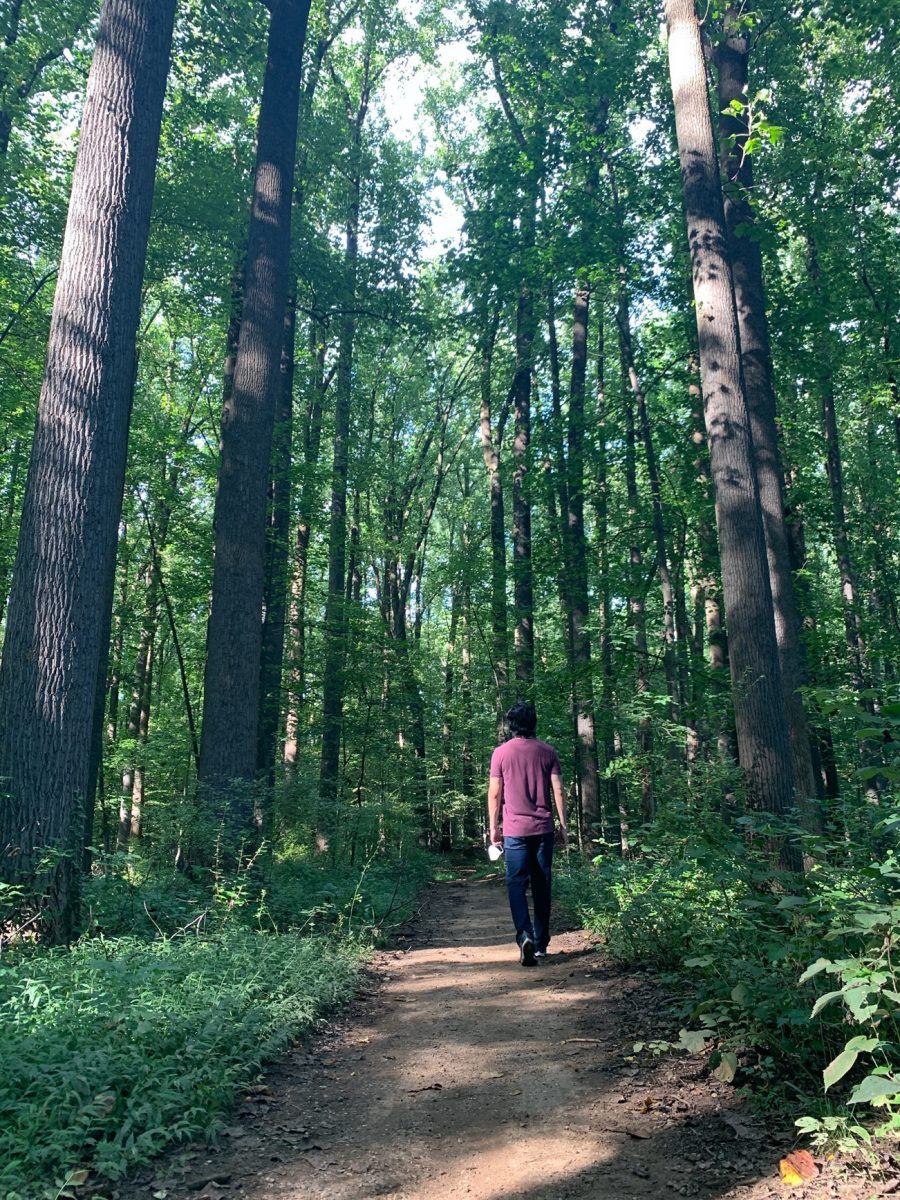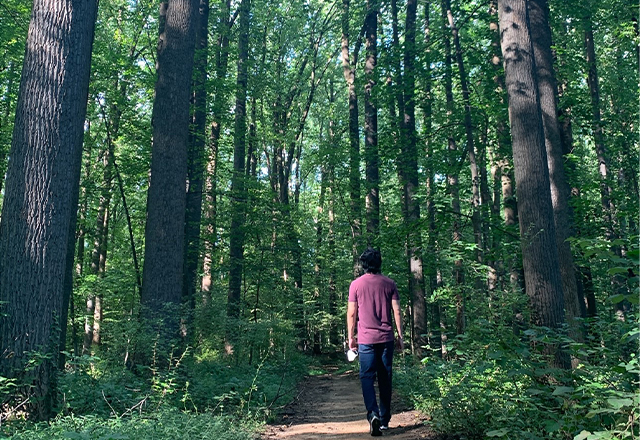Disclaimer: This piece solely represents the views of the author and should not be taken as medical advice. You should consult with your physician before beginning a new exercise routine.
For many of us, the present year has restricted our movement more than any other time in our lives. Physical distancing mandates and new social etiquette have made it challenging for many, including myself, to exercise in our usual locations, such as the local gym or pool. Those of us who had an established exercise routine that required specific equipment or facilities have had to make substantial alterations to maintain active lifestyles under these circumstances.
When the gyms shut down earlier this year, I quickly adopted a resistance band workout routine at home that has been a sufficient substitute for weights when it comes to strength training. But I dreaded finding a form of cardiovascular exercise that was both sustainable and enjoyable outside of my usual hobby of playing basketball. Years ago, I benefited from high-intensity interval training (HIIT), but I could not keep up with the rigor of this form of cardio for longer than a few months.
It became apparent to me that the pandemic was relatively sparing the avid outdoor runners and walkers. I have never enjoyed outdoor running, so I decided to try regular walking instead. I did this hesitantly at first. I prefer working up a sweat to burn calories more efficiently, so I felt that walking was a waste of time. Nothing was further from the truth. Ever since I started walking regularly this summer, I have been surprised to find unique benefits offered by this extremely simple form of exercise.
#1. It’s generally easy to do, and to stick with.
Walking is a form of exercise that can be done virtually anywhere: outdoors, indoors, and even in or around the home. It is affordable, requiring no memberships or special equipment other than a comfortable pair of shoes. And it generally takes little physical and mental discipline to get up and take a walk — for my science friends, the “activation energy” required to get out and walk is one of the lowest among exercises.
Arguably, the most important component of exercise is consistency. A strenuous exercise regimen that quickly burns calories or improves health in the short term does little good in the long term if it is too challenging to maintain. Moreover, consistency is vastly easier to achieve with exercises such as walking that do not overtax the central nervous system or impair muscle recovery.
Walking is also generally safer than running, an important consideration for those who may have preexisting injuries or who must take precautions when exercising. Few things are more demoralizing to athletes and exercisers than serious injuries that stop them from doing what they enjoy. Preventing injuries is crucial to long-term exercise success.
#2. It is effective for fat loss, cardiovascular health and appetite control.
I’ll be frank: I used to look down on walking as a form of exercise because I didn’t think it was effective enough. From my days as a high school athlete, I bought fully into the mantra, “No pain, no gain.” While walking may not build up stamina and endurance as well as strenuous cardio, its benefits regarding fat loss and cardiovascular health should not be underestimated. Again, the sustainability of consistent walking makes it a powerful way to achieve favorable long-term health outcomes.
An immediate benefit I noticed from regular walking was that it did not ramp up my appetite. Strenuous cardio, in contrast, tended to deplete my energy and cause me to compensate by over-eating. Psychologically, I was also more prone to “rewarding” myself with unhealthy foods following intense exercise sessions. Walking helped me to get quality exercise without stoking the flames of hunger and subsequently over-eating — the Achilles’ heel of most arduous diet or exercise plans.
#3. Its possibilities are limitless.
Within reason, walking knows no bounds — mentally and geographically.
Mindful walking, particularly when implemented within forest bathing, is a popular meditative practice that brings physical, mental and emotional health benefits.
This summer, I walked around my neighborhood several times each week while listening to podcasts or talks. Contrary to what I initially thought, I began to see these walking sessions as incredibly efficient uses of my time — I was simultaneously learning and benefiting from my listening material, resting and relaxing due to the sights and sounds during the walks, and, obviously, exercising!
Walking has led me to some beautiful sights that I would never have experienced if exercising only in the confines of my local gym. I spent a day walking through the incredible Huntington Botanical Gardens in California, near my hometown, and I recently hiked in Patapsco Valley State Park in Maryland for the first time. I also never realized until my long summer walks how beautiful my neighborhood truly is.
Walking has helped me see more clearly what I’ve been missing, both around me and within me. Since I started walking, I have developed a much healthier relationship with exercise. I am now less attached to its immediate results and more interested in enjoying the experience. The results will come in time — through consistency — and I am already beginning to gather its fruits.

Related content
- Fitness in a COVID Surge
- Working from Home: Tips for the Long Haul
- Psychiatric Perspectives in an Era of COVID-19
Want to read more from the Johns Hopkins School of Medicine? Subscribe to the Biomedical Odyssey blog and receive new posts directly in your inbox.

Pingback: Scenic Fall Sights in Maryland – Biomedical Odyssey
Comments are closed.